If you worked in a place that was separated from the hoi polloi by walls and gates and carried out a job, much as it has been performed for seven hundred years or more, in august and ancient buildings that surround private gardens and well-kept squares, how would it make you feel about your place in the world? Established, secure, at ease, comfortable, confident, possibly a tad more than confident? Or would you go the other way and find the environment overwhelming and worry that your contribution is inconsequential, not quite to the right standard, not good enough? Would you own the space or struggle to fit in? I could understand both reactions because these Inns Of Court, of which this, Gray’s Inn, is one of four are, for most people, strange, inspiring, old fashioned, stiffly mannered and intimidating places.
For one thing, the people who inhabit the Inns Of Court are by and large supremely well educated, smart and ultra-competitive. Barristers have to be a member of one of them in order to practice in England and Wales and they tend to gather in Chambers (offices) within the grounds of the ancient Inns. Behind practically every door you see here is a barrister or two. Probably more.
For another, the history of these places is rich and glittering. As well as mere barristers, Presidents, Prime Ministers and Statesmen train here and continue to be members as they pursue their glittering careers. Thomas Cromwell, star of Hilary Mantel’s Wolf Hall, walked these paths in the days of King Henry VIII. Francis Bacon, too. Churchill and Roosevelt became honorary members.
The date of origin of Gray’s Inn is uncertain but it would have been after 1250 and before 1370 which is when it is first mentioned in surviving documents. Even at that later date the antiquity of this place is staggering when you think about it. Law was practiced here for around four hundred years before the formation of the United States of America. Originally open land with a Manor House in the middle, Gray’s Inn was walled in the 1590’s when the house was likely replaced by what is now The Hall. Buildings have been added in fits and starts ever since with Georgian activity particularly intense as you can see from the imposing terraces of that period when you walk through the grounds.
And the surprising thing is that despite Gray’s Inn sometimes stern demeanour, it is open to the public during the working week. You can stroll through its two main squares and up and down it’s principal gardens, known as The Walks, which were laid out in the sixteenth century, imagining what life was like in those days and admiring the views of buildings and people.
You will see lawyers striding and clerks scuttling between meetings, occasional people lounging on benches, eating a sandwich or reading their phone. You can people watch and size up whether this one is a Master of the Universe or that one wishing to leave all this and run home to Scunthorpe to practice their law in less rarified climes. Butterflies skip from flower to flower in the pretty garden borders. Pigeons strut and jerk looking for opportunities. A sound of laughter rattles out of a half open window. The citizens of Gray’s Inn are going about their business much as they have done for seemingly ever.
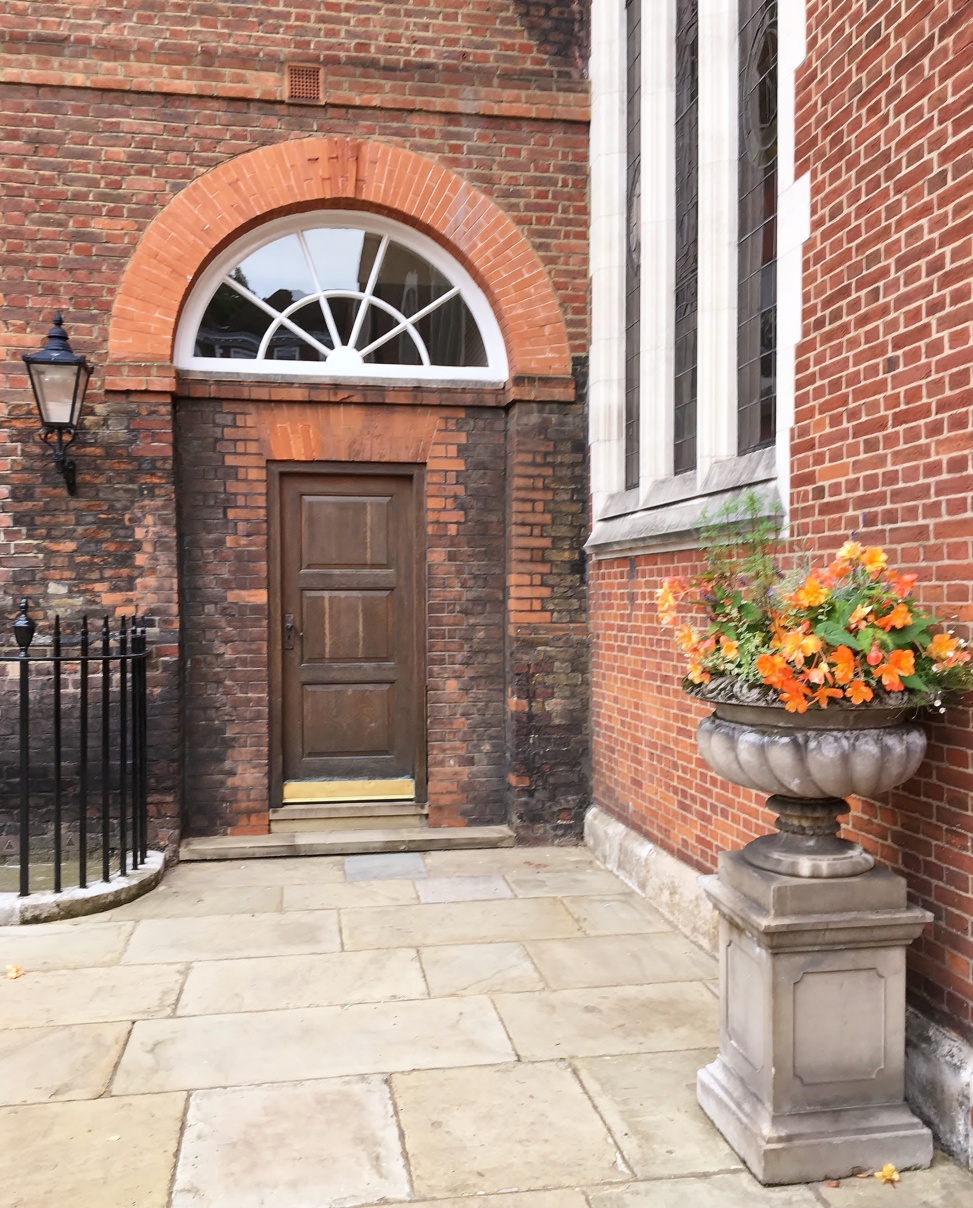
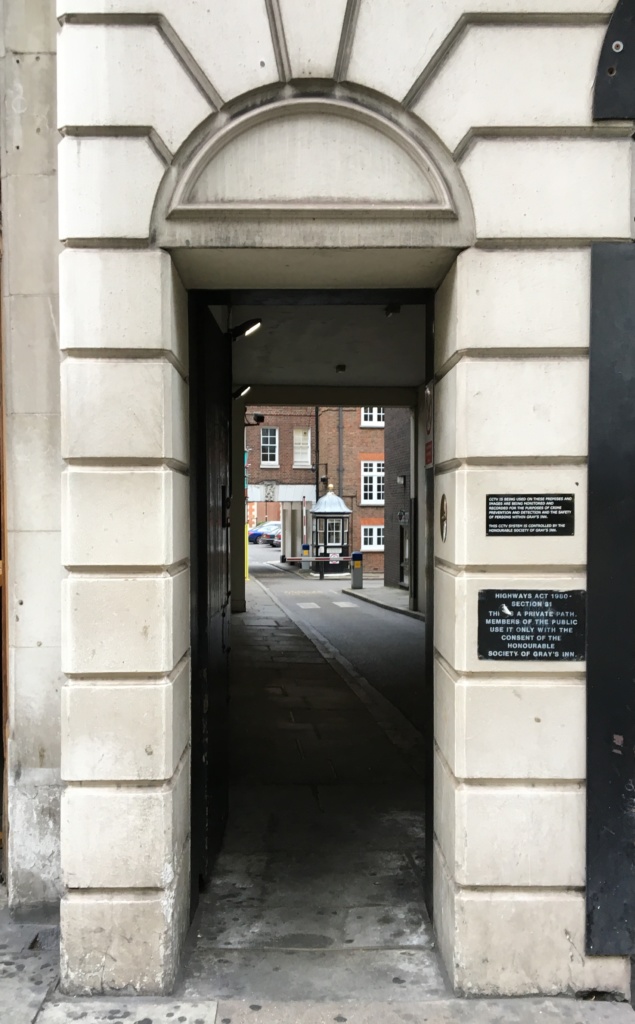
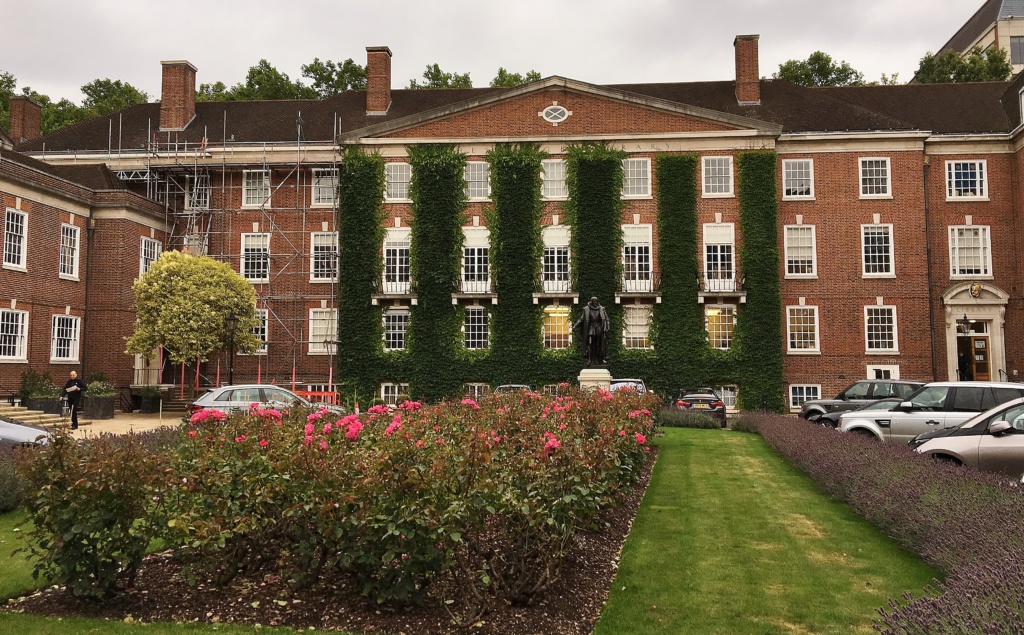
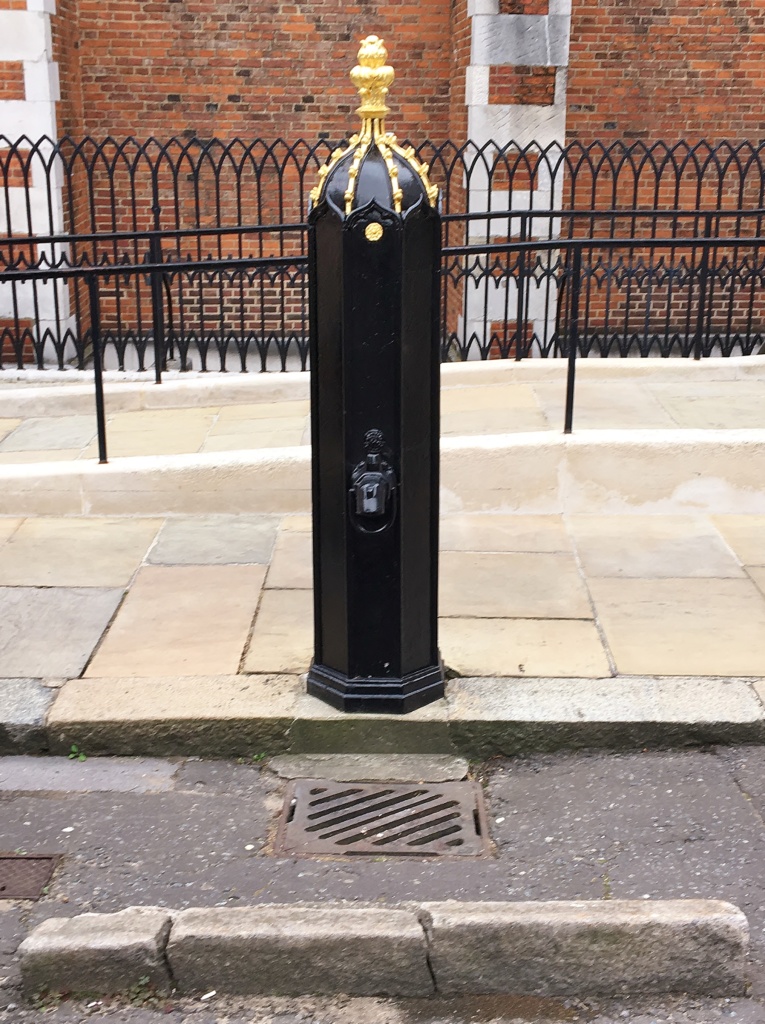
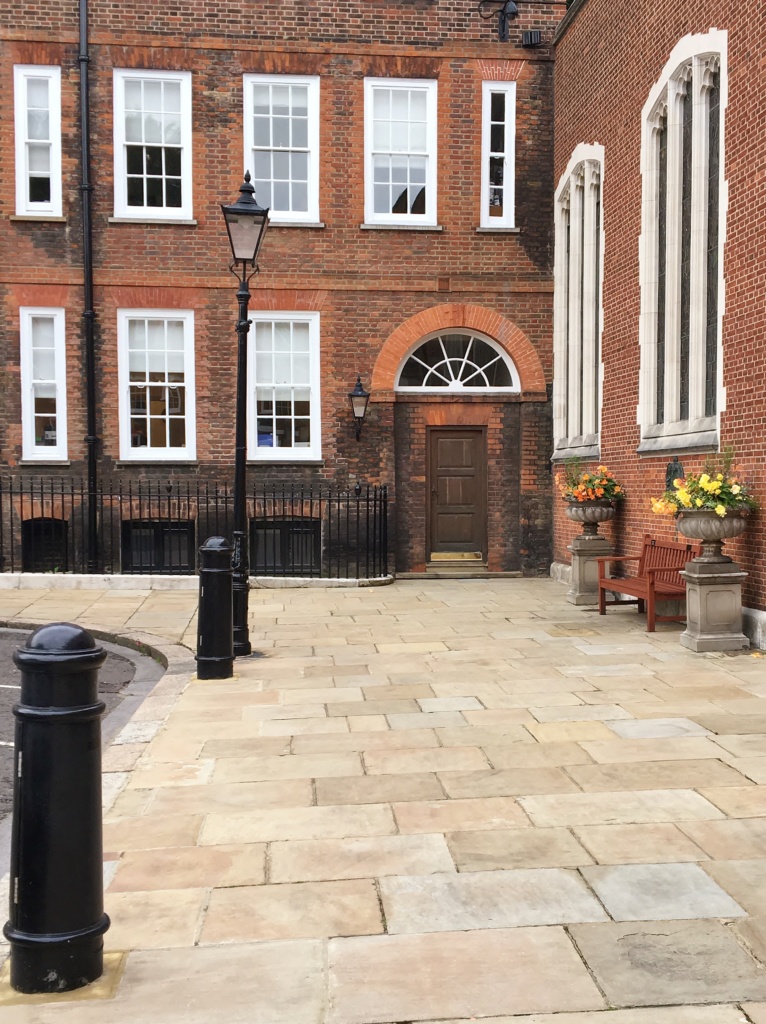
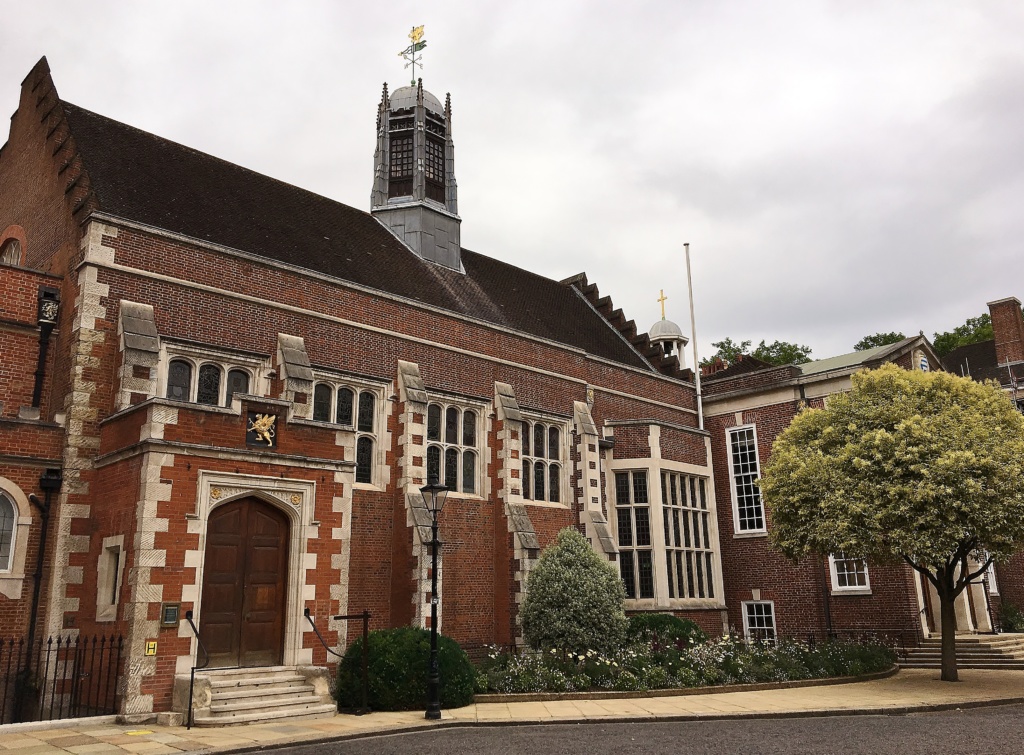
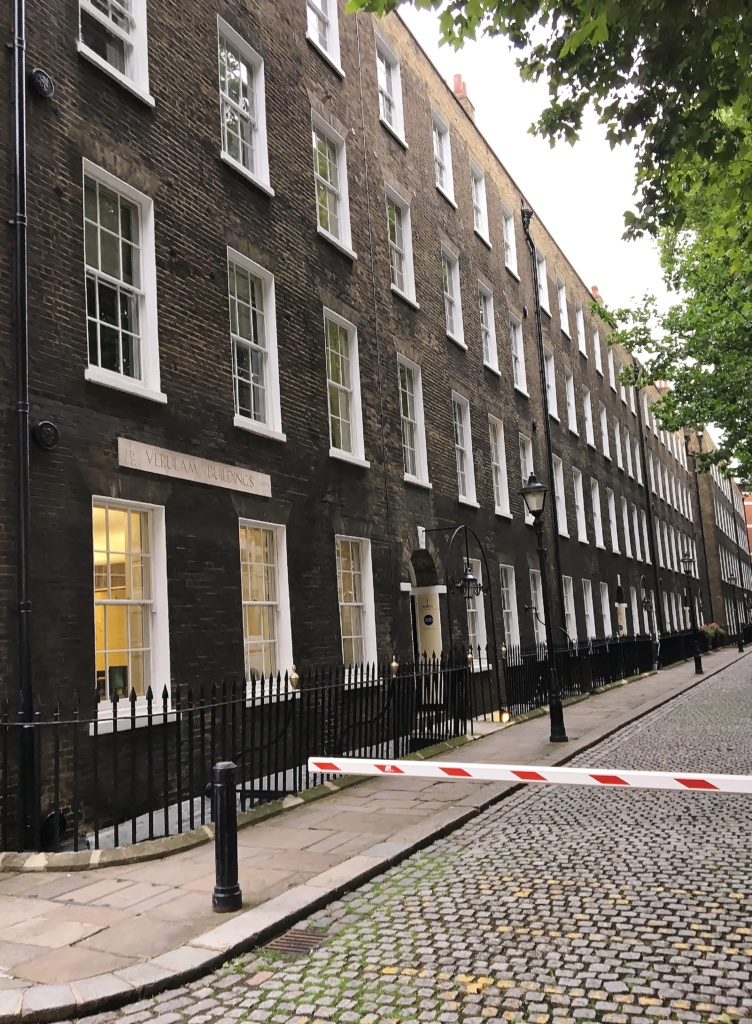
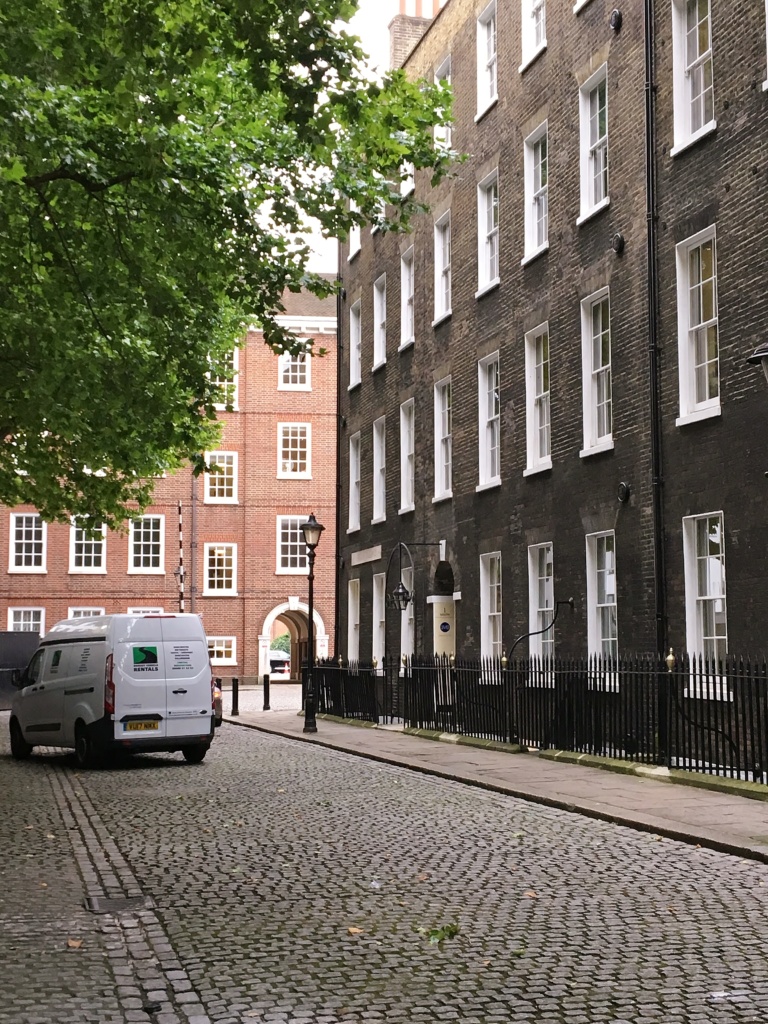
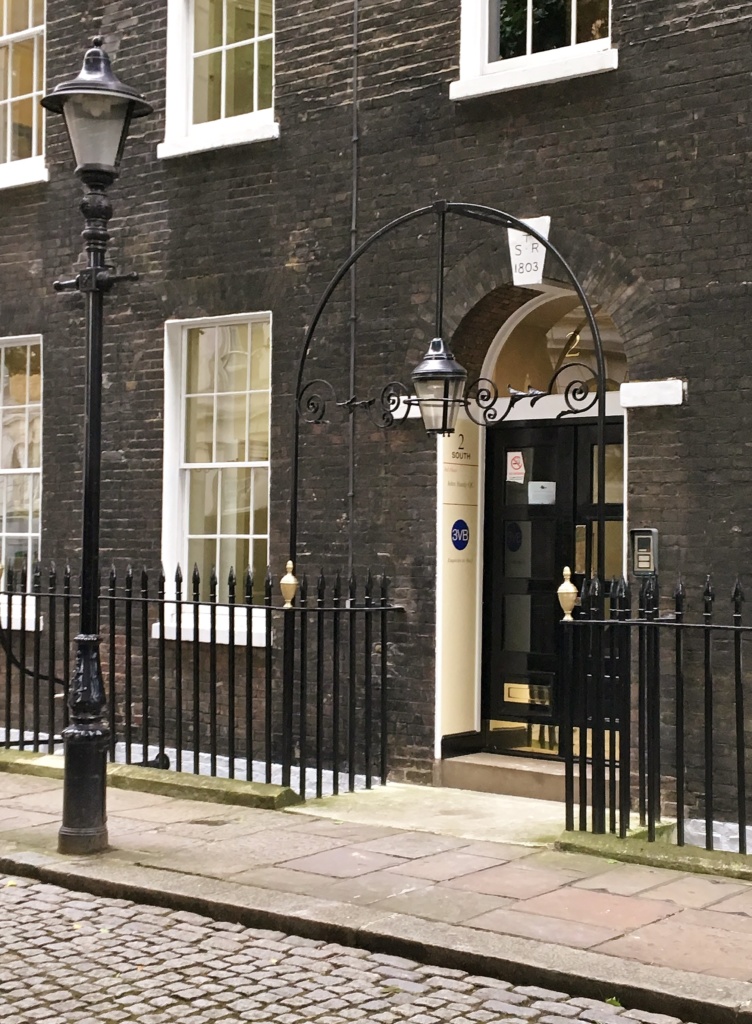
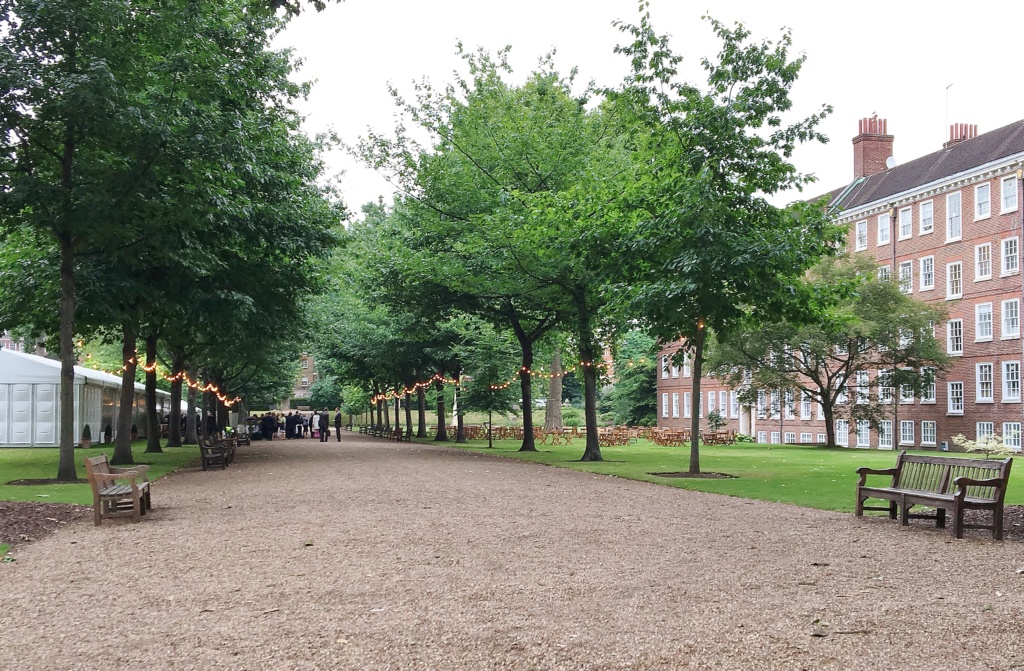
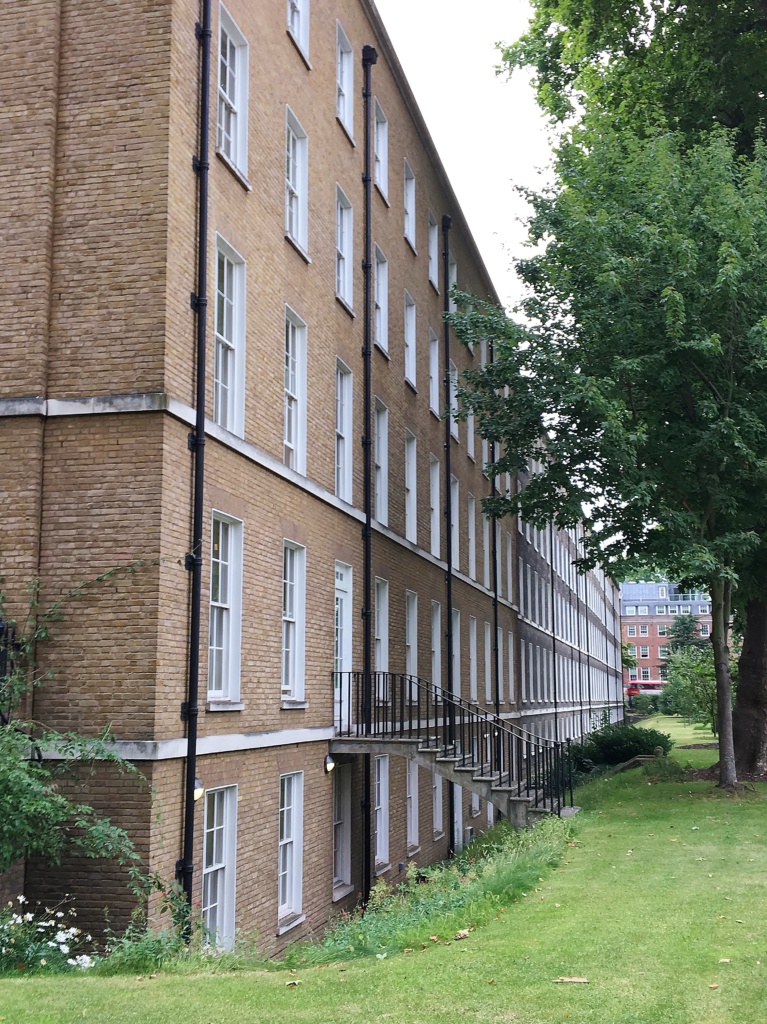
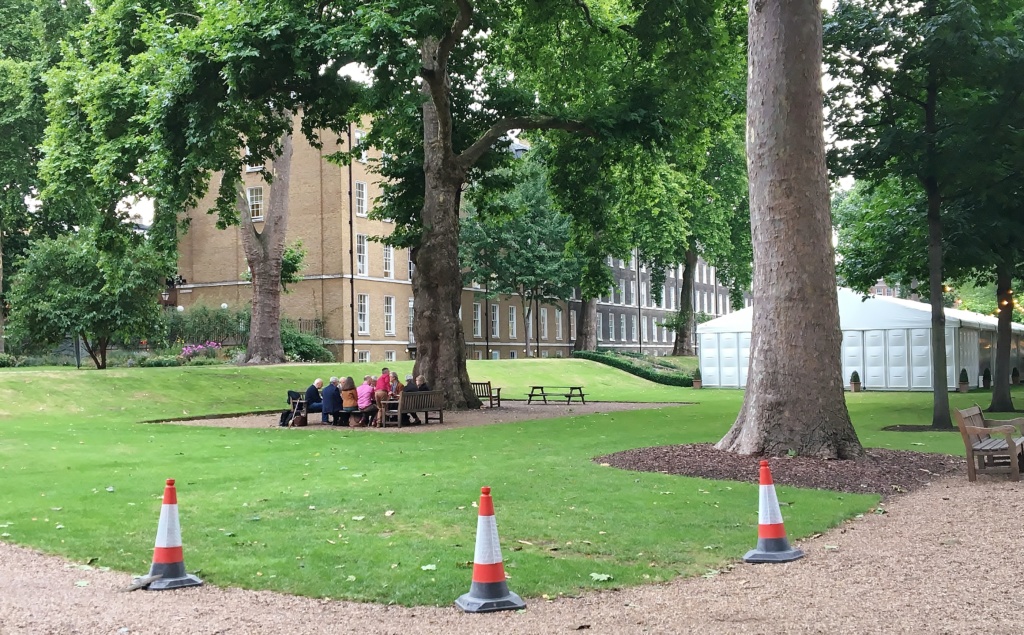
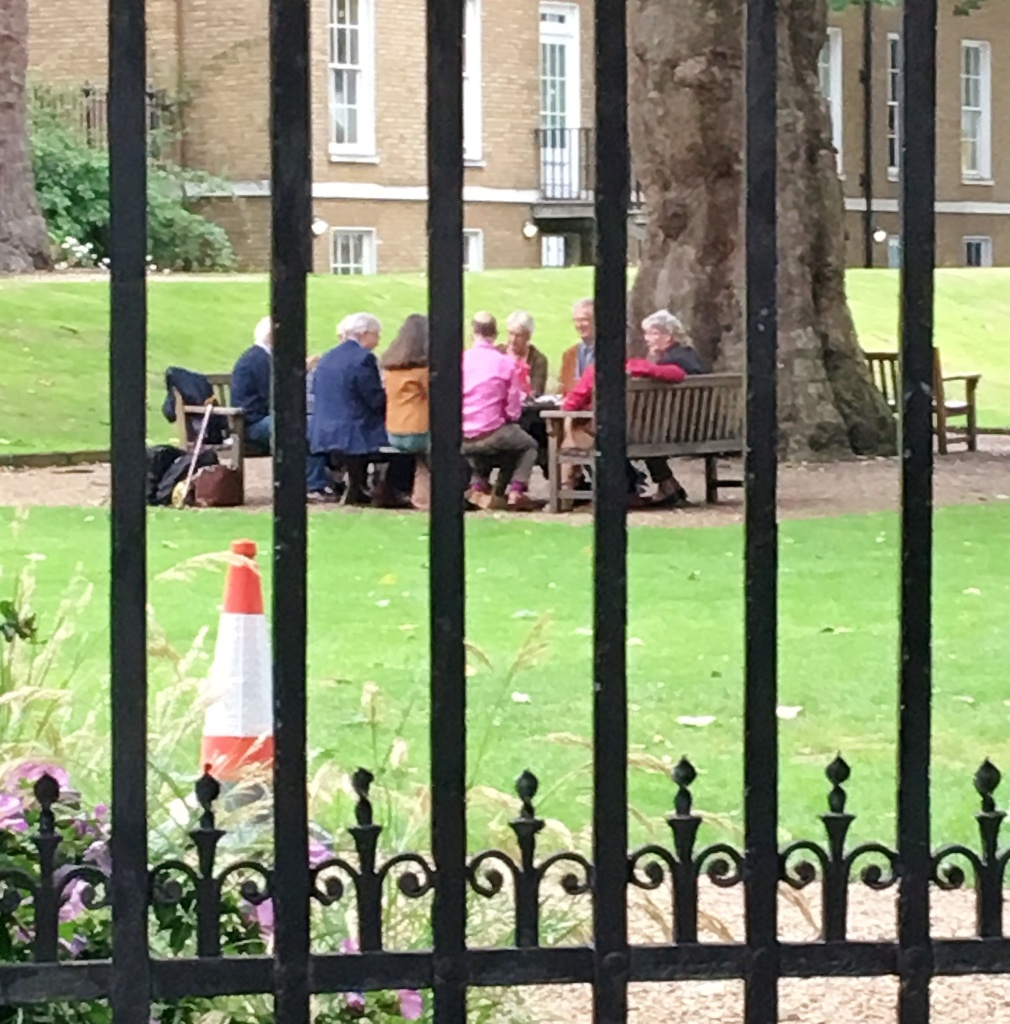
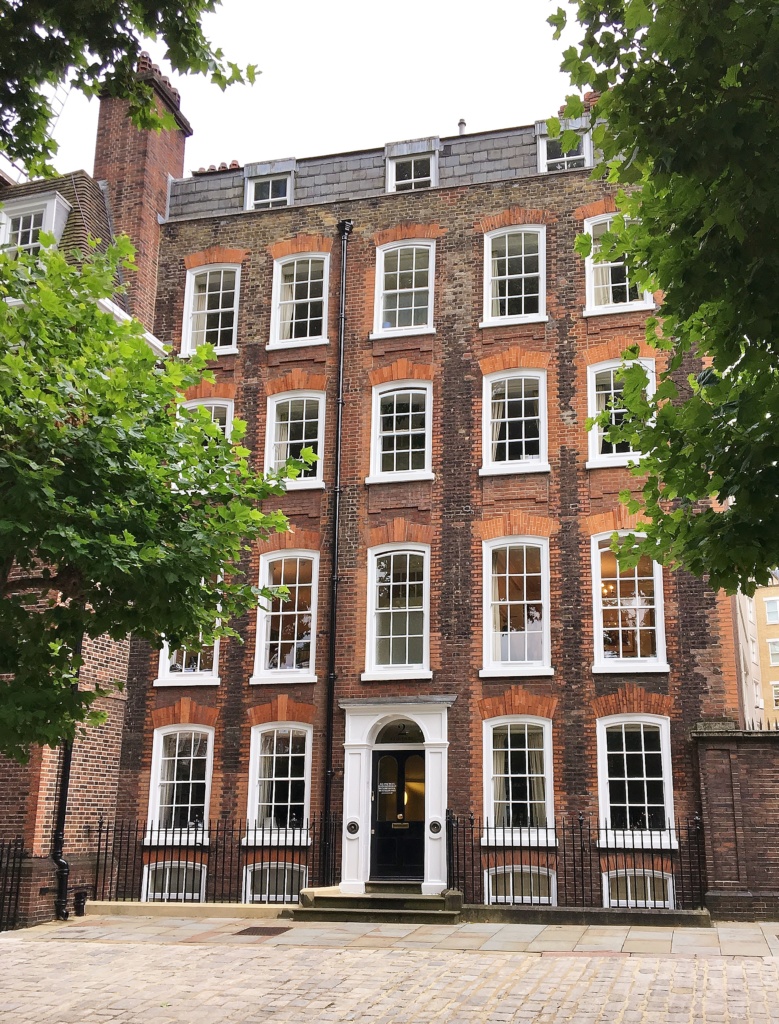
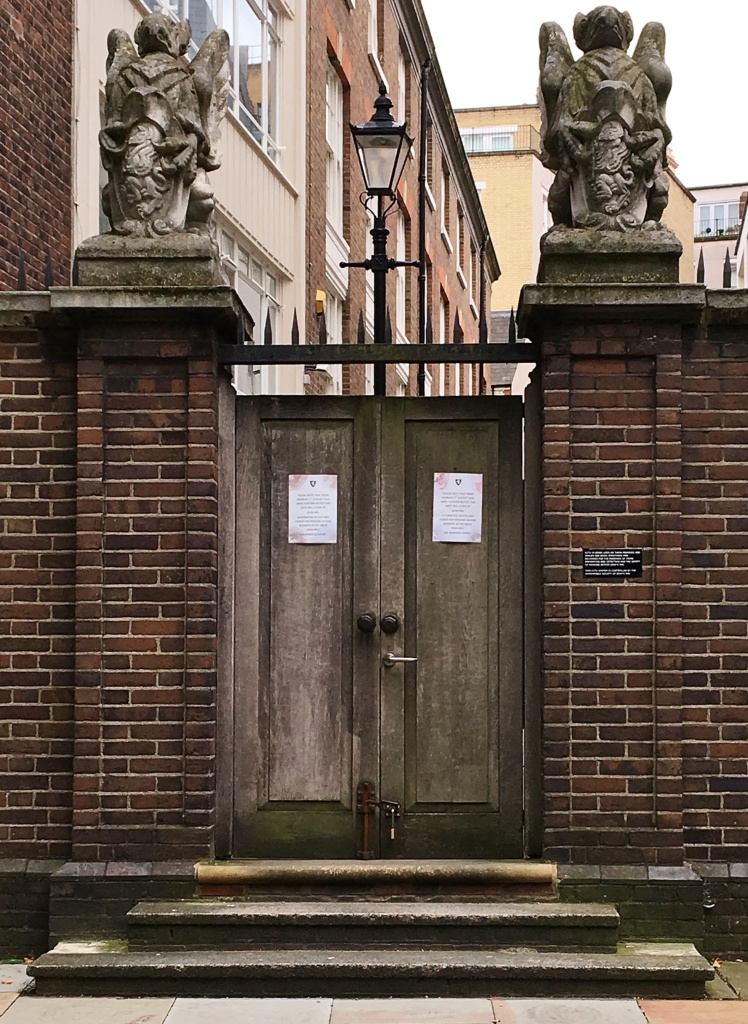
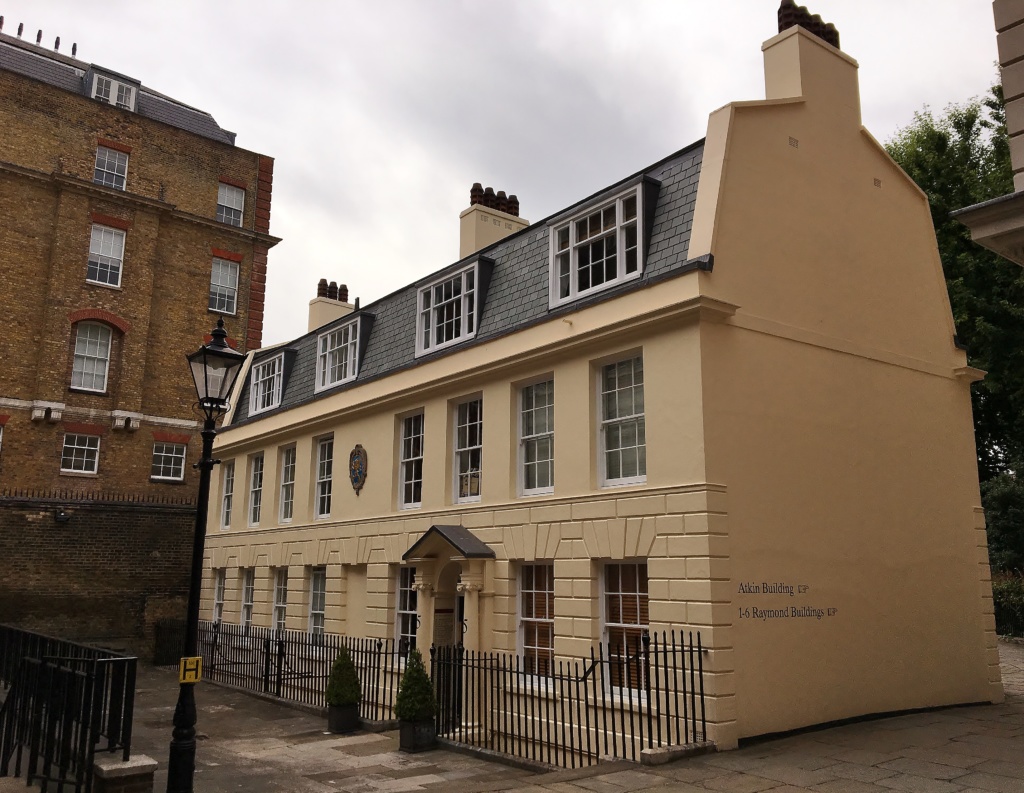
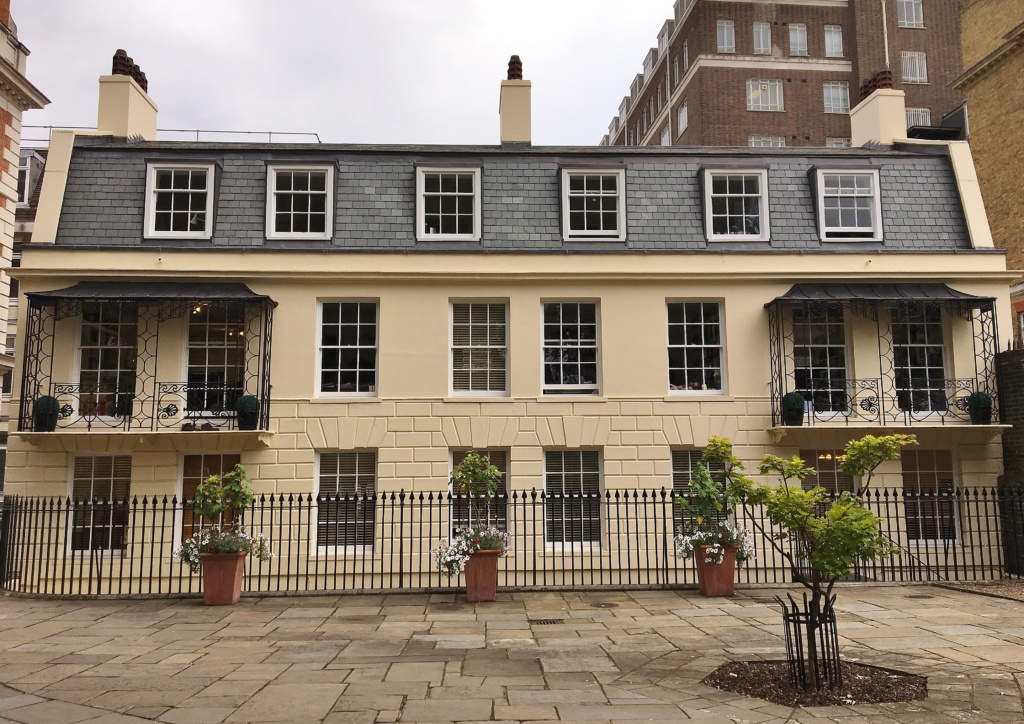
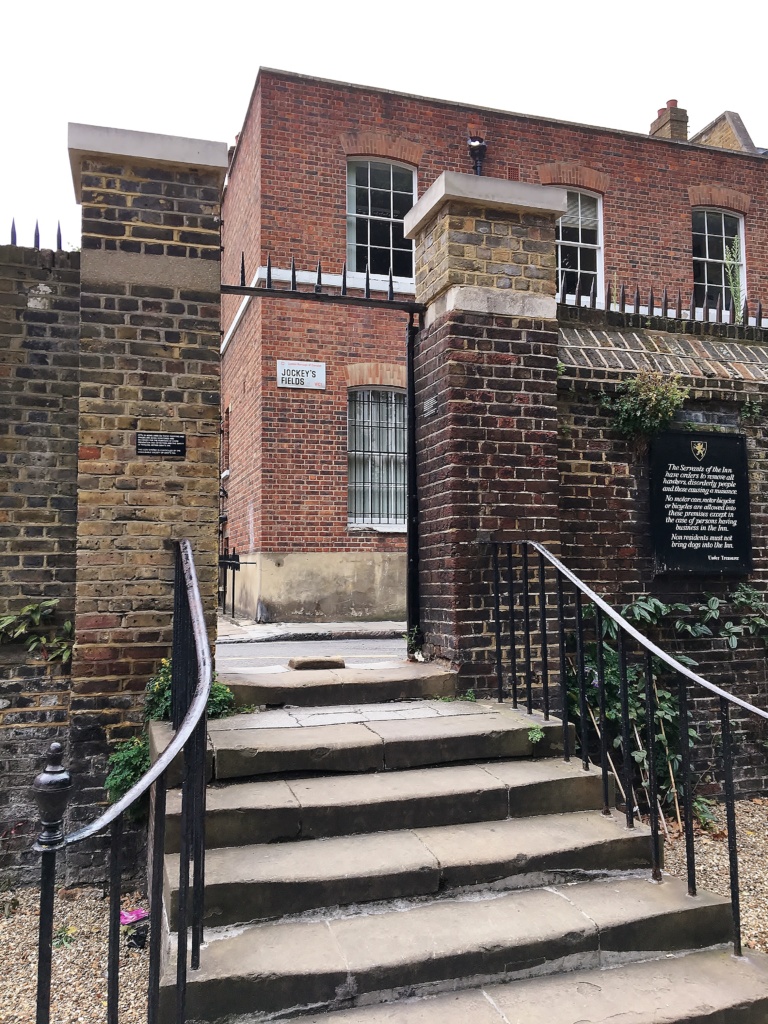
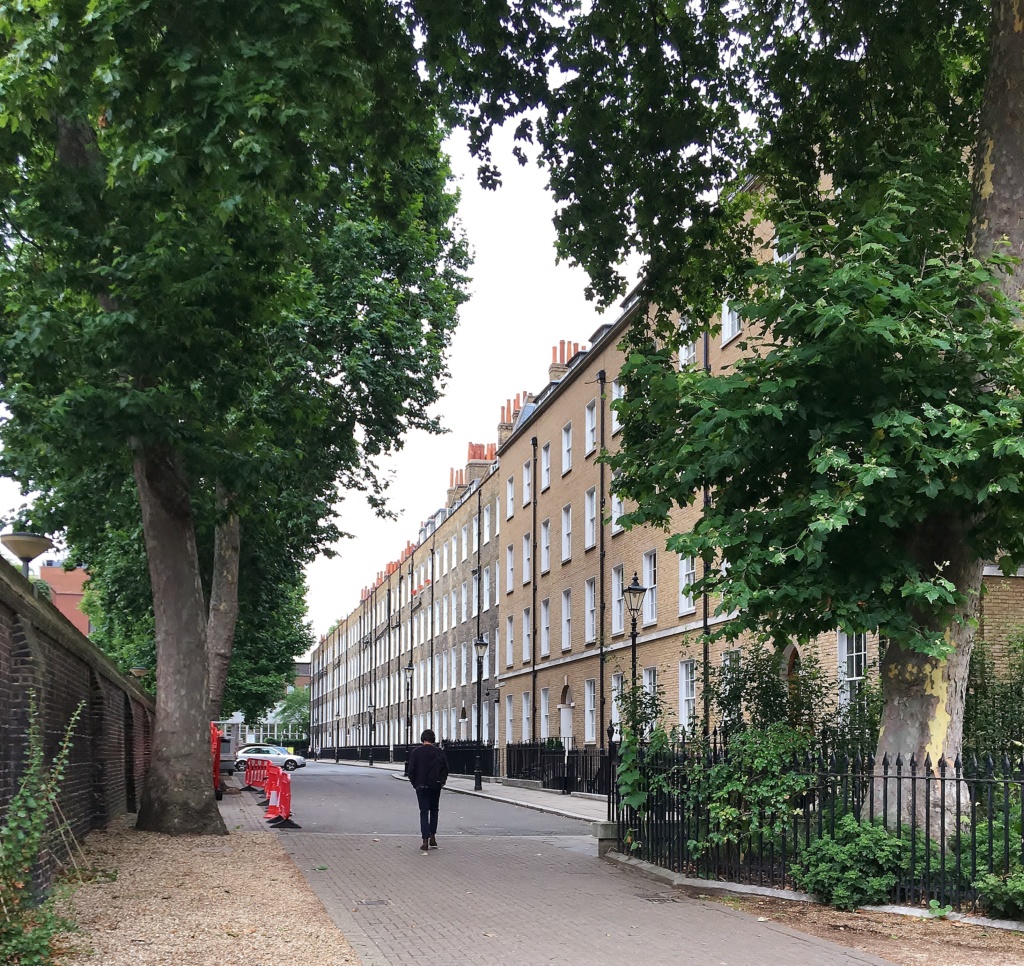
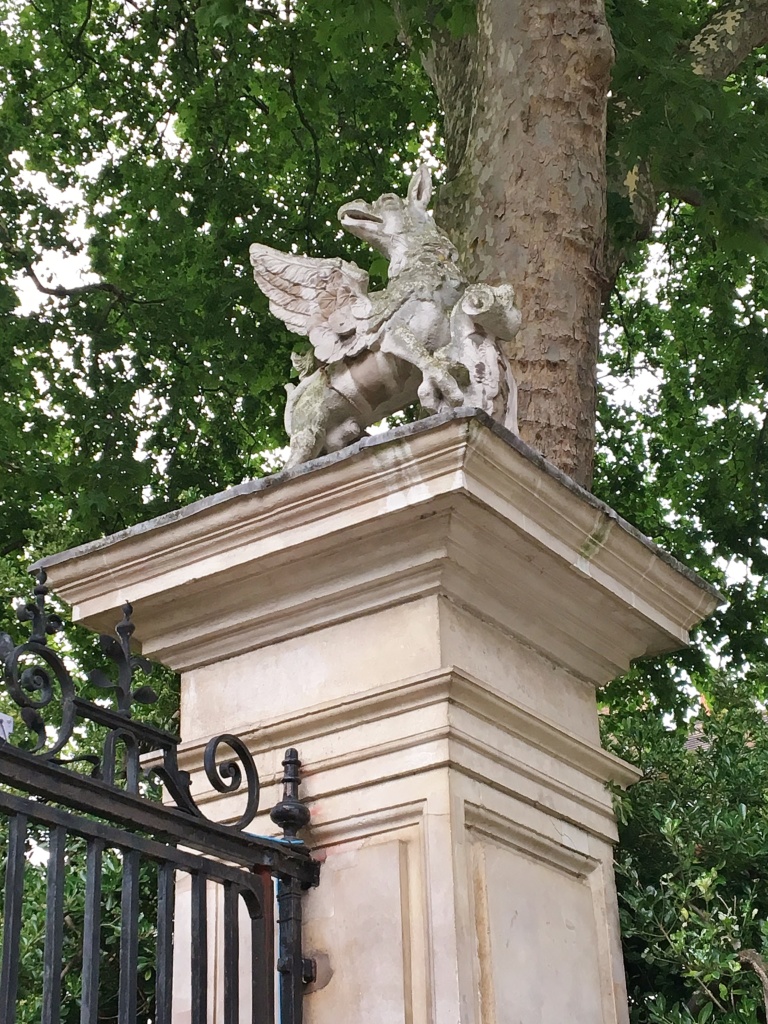
1 Comment
1 Pingback